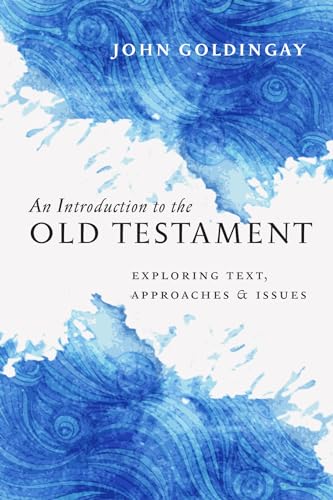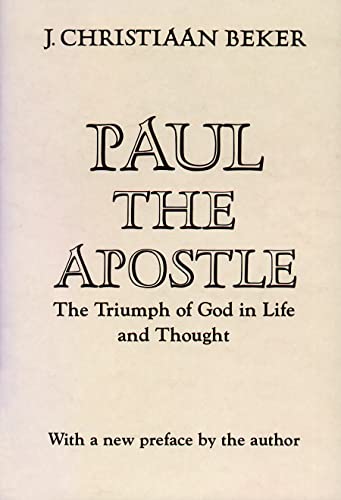An Introduction to the Parables of Jesus
Written by Robert H. Stein Reviewed By William G. MorriceAs a thorough examination of the parabolic element in the teaching of Jesus, this book should be helpful to all theological students. It is argued by the author that the classic definition of a parable as ‘an earthly story with a heavenly meaning’ is only partly true. In view of his more adequate definition of a parable as ‘a figure of speech in which there is a brief or extended comparison’, it is surprising that he fails to take account of the dozen or so parables that have been uncovered in the Fourth Gospel by scholars like C. H. Dodd and A. M. Hunter. On the other hand, it is useful to be reminded of parallels to synoptic parables to be found in the Gospel of Thomas; but the author fails to note that none of them is designated in this apocryphal and non-canonical gospel. They are simply sayings of Jesus like the rest of the 114 logia.
Chapter 2 tries to answer the question, ‘Why the Parables?’ While it is true that Jesus used parables in his teaching, their meaning is not always self-evident. In fact, they may at times even conceal, as suggested in Mark 4:10–12. Nevertheless, we can be sure that they were an authentic part of Jesus’ teaching. They clearly arose in a rural environment, that of Palestine. Not only so; but one cannot but be impressed by their down-to-earth, real-life character. As a result, ‘it becomes increasingly clear how brilliantly Jesus used the parables as effective tools for conveying his message’, to quote the last sentence of chapter 3.
There are useful chapters on the interpretation of the parables throughout the centuries, starting off with the allegorical method used in the period of the early church, and on the meaning of the parables for us today. It is rightly affirmed that their study is of little real value unless the present-day reader is challenged to seek what God is saying to him today through them.
Four basic principles of interpretation—seeking the one main point seeking to understand the original setting, seeking to understand how the evangelist interpreted the parables, and seeking what God is saying to us today—are applied to one particular parable by way of example—the parable of the good Samaritan.
The last four chapters of the book deal with themes found in the parables of Jesus—the kingdom of God as a present reality, the kingdom of God as demand, the God of the parables, and the final judgment. The book ends with the challenge of Jesus found in the invitation to the great banquet; ‘Come; for all is now ready’ (Lk. 14:17).
Taken over-all, this book is a good introduction to the parables of Jesus. It makes full use of the contributions of Adolf Jülicher, C. H. Dodd and Joachim Jeremias. It also takes note of the insights provided by redaction critics.
William G. Morrice
St. John’s College, Durham







